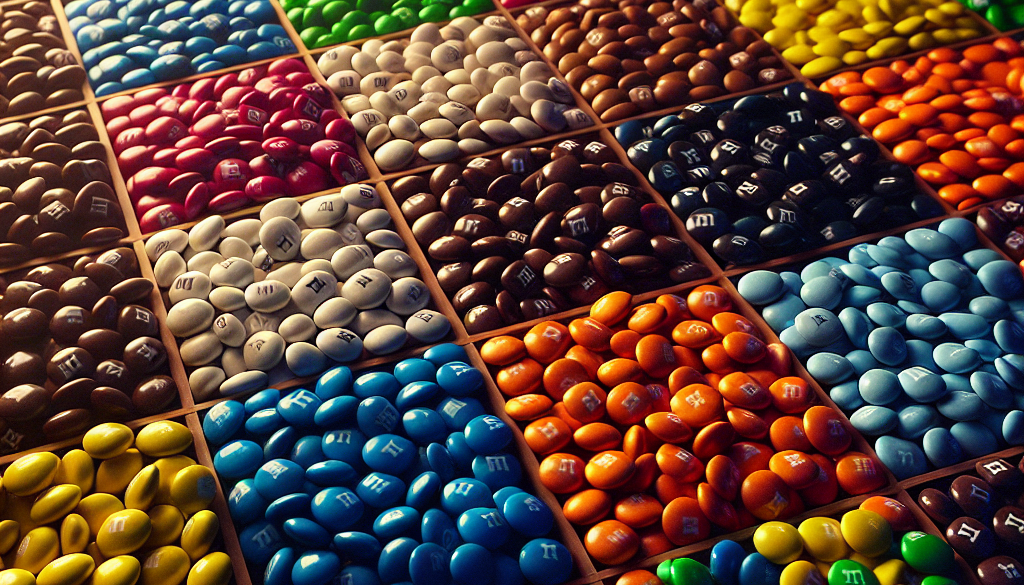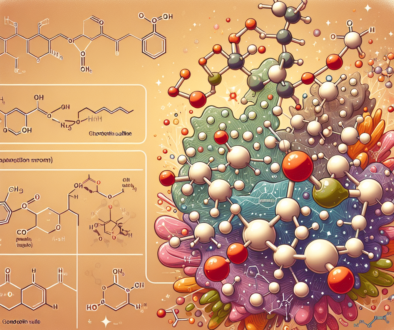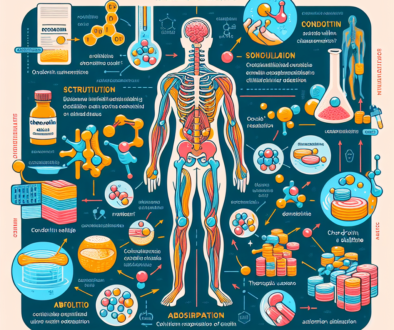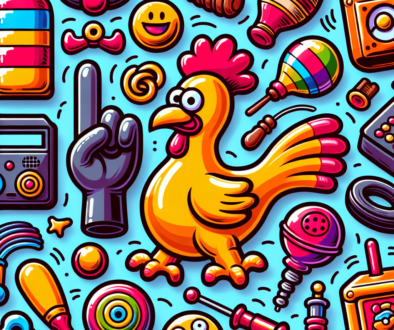Mnm Color: What to Know
-
Table of Contents
- M&M Color Variations: Understanding the Rainbow of Choices
- The History of M&M Colors
- Color Psychology in Marketing
- Consumer Preferences and Color Selection
- Special Edition Colors and Promotions
- Case Studies: M&M Color Changes
- Color Distribution: Is It Truly Random?
- Conclusion: The Significance of M&M Colors
- ETChem: Enhance Your Health with Quality Protein Products
M&M Color Variations: Understanding the Rainbow of Choices
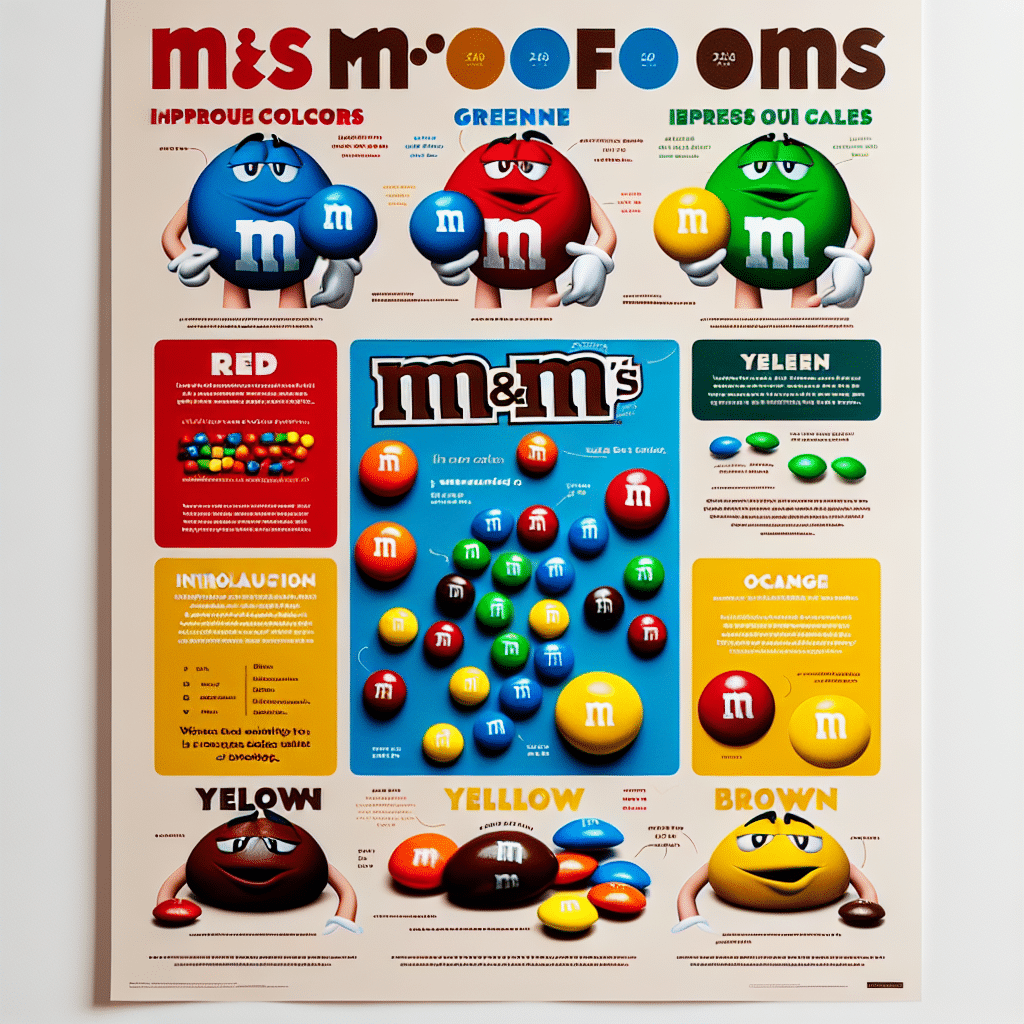
When it comes to iconic candies, M&M’s are a colorful staple in the confectionery world. These bite-sized pieces of chocolate encased in a thin candy shell have delighted consumers for generations. But have you ever wondered about the significance of the different colors, or why certain colors are chosen over others? In this article, we’ll delve into the world of M&M color choices, exploring the history, marketing strategies, and consumer preferences that shape the rainbow we find in every bag.
The History of M&M Colors
The original M&M’s, which hit the market in 1941, were available in a limited palette of colors: red, yellow, green, brown, and violet. Over the years, the color lineup has evolved significantly. Violet was discontinued in the early 1950s, and orange was introduced. In the 1990s, blue was added after a public vote to replace the tan M&M’s. Today, the standard “milk chocolate” variety typically includes red, yellow, green, blue, brown, and orange candies.
Color Psychology in Marketing
Color plays a crucial role in marketing and brand recognition. Each M&M color is not just a random choice but a strategic decision that taps into color psychology. Here’s how each color can influence consumer behavior:
- Red: Often associated with energy and excitement, red is an attention-grabbing color that is commonly used to stimulate appetite.
- Yellow: This cheerful and optimistic color is thought to evoke feelings of happiness and is used to grab the attention of window shoppers.
- Green: Green is linked to health and tranquility. It’s also famously rumored to be an aphrodisiac, although this is more of a marketing myth than a fact.
- Blue: Blue conveys trust and reliability, and it’s said to suppress appetite, which is an interesting choice for a candy.
- Brown: Brown can represent simplicity and stability, which might be why it’s the color of the original M&M’s mascot, “Red.”
- Orange: This color is associated with enthusiasm and excitement, potentially encouraging impulse buys.
Consumer Preferences and Color Selection
Consumer preference plays a significant role in the colors that make it into each bag of M&M’s. Mars Incorporated, the company behind M&M’s, has conducted polls to understand which colors consumers prefer. For instance, the introduction of blue M&M’s was the result of a vote in 1995, where blue won over pink and purple. These decisions are not only based on aesthetic appeal but also on market research that indicates which colors are likely to boost sales.
Special Edition Colors and Promotions
Over the years, M&M’s has released various limited-edition colors and mixes for holidays, special events, and promotional campaigns. For example, pastel-colored M&M’s are popular during Easter, while red and green assortments dominate the shelves during the Christmas season. These special editions are a clever marketing strategy to create a sense of urgency and exclusivity, encouraging consumers to purchase while they can.
Case Studies: M&M Color Changes
Several case studies highlight the impact of color changes on consumer behavior. For instance, when Mars temporarily removed red M&M’s from circulation in the 1970s due to health concerns over the dye Red No. 2 (despite not being used in M&M’s), the public outcry was significant. The reintroduction of red M&M’s in 1987 was met with a positive response and increased sales, demonstrating the strong emotional connection consumers had with the color.
Color Distribution: Is It Truly Random?
Many fans have speculated whether the color distribution in a bag of M&M’s is truly random. While Mars claims that the colors are randomly mixed, studies and experiments by curious consumers suggest that certain colors may appear more frequently than others. However, these variations are likely due to manufacturing processes rather than intentional decisions.
Conclusion: The Significance of M&M Colors
In conclusion, the colors of M&M’s are more than just a visual treat; they’re a carefully crafted component of the candy’s branding and marketing strategy. From tapping into color psychology to engaging consumers with interactive campaigns, the choice of colors in M&M’s is a fascinating blend of science, art, and business. Whether you’re a fan of the classic colors or enjoy hunting down limited-edition hues, there’s no denying the impact that these colorful candies have had on the confectionery market.
ETChem: Enhance Your Health with Quality Protein Products
While enjoying M&M’s is a delightful treat, maintaining a balanced diet is essential for overall health. ETChem offers a range of high-quality protein products that can complement your nutritional needs. From marine to bovine collagen, their products cater to various industries and personal health requirements. Whether you’re looking to improve your skin health, strengthen your joints, or boost your protein intake, ETChem has a solution for you. Consider incorporating their protein products into your diet for a healthier lifestyle.
About ETChem:
ETChem, a reputable Chinese Collagen factory manufacturer and supplier, is renowned for producing, stocking, exporting, and delivering the highest quality collagens. They include marine collagen, fish collagen, bovine collagen, chicken collagen, type I collagen, type II collagen and type III collagen etc. Their offerings, characterized by a neutral taste, instant solubility attributes, cater to a diverse range of industries. They serve nutraceutical, pharmaceutical, cosmeceutical, veterinary, as well as food and beverage finished product distributors, traders, and manufacturers across Europe, USA, Canada, Australia, Thailand, Japan, Korea, Brazil, and Chile, among others.
ETChem specialization includes exporting and delivering tailor-made collagen powder and finished collagen nutritional supplements. Their extensive product range covers sectors like Food and Beverage, Sports Nutrition, Weight Management, Dietary Supplements, Health and Wellness Products, ensuring comprehensive solutions to meet all your protein needs.
As a trusted company by leading global food and beverage brands and Fortune 500 companies, ETChem reinforces China’s reputation in the global arena. For more information or to sample their products, please contact them and email karen(at)et-chem.com today.

